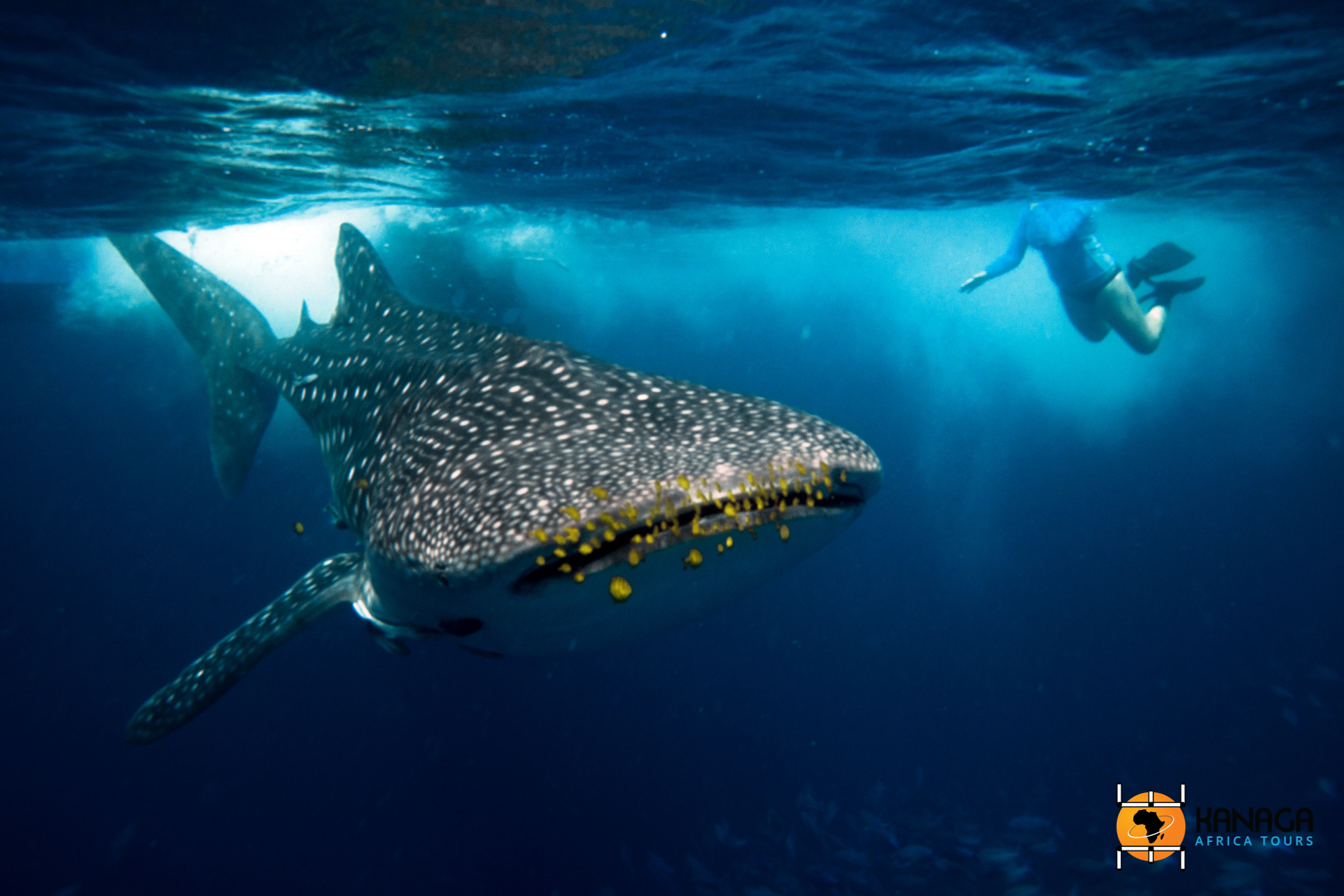While Tanzania is famous for its wonderful beach in Zanzibar (Unguja Island), it is less well known for the enchanting and little-visited marine and submarine paradises around Pemba Island or the small Mnemba islet, which are also part of the Zanzibarian archipelago, and for the wonderful Mafia, lying off the southern coast.
You’ll find wild islands of talcum-white sand, coconut palms and intricate mangrove channels, colourful lands of spicy fields smelling of the exotic, framed by the idyllic turquoise transparency of the Indian Ocean and surrounded by a seabed rich in aquatic life, furrowed on the surface only by the trails of dhows or the darting of schools of dolphins.
A fertile island with the scent of cloves and ylang-ylang, Pemba, also called ‘Green Island’ (Al Khudra), is Tanzania’s second largest after Unguja (better known as Zanzibar). The environmental beauty of one of the fishiest stretches of sea on the African continent is reconciled in Pemba with an extraordinarily generous land, an ancient history spanning different eras and cultures, from the Persian Middle Ages, to the Portuguese landings, to the Omani sultanates, testified to by numerous vestiges of the past, and an all-African face, rich in traditions, centred on the traditional medicine of the waganga, a kind of healer/witchdoctor.
Less frequented than Zanzibar by international tourism, this island of unspoilt beaches, immense rice paddies, hills of essences and sugar cane fields offers some of the most beautiful and varied seabed in Tanzania, perfect for snorkelling and diving enthusiasts to discover. This is a paradisiacal coastline, where tourist resorts have not yet taken over, shyly camouflaged among exuberant vegetation, inhabited by baby bush animals, sea turtles and dolphins that peep through the turquoise waters of the Pemba Channel and among the paradisiacal atolls that, like small jewels, embellish the island’s profiles together with the coral reef. Among Pemba’s curiosities is the ancient custom of zebu bullfighting, probably a reminder of the Portuguese presence, but which fortunately spares the animal a violent death, according to the precepts of Islam.
Mafia Island, also known as Chole Shamba, is smaller in size. Together with Unguja and Pemba, it belongs to the so-called ‘spice islands’, but is not included in the Zanzibar Archipelago. Its scenic beauty is also reflected in its seabed, which is rich in colour and underwater life, making it famous for diving. Wild nature marks the face of this paradise, made up of idyllic beaches, crystal-clear water and coral reefs, where tourism is still underdeveloped, leaving the island on the margins of the international flow, directed mainly to the Zanzibar Archipelago further north.
The inhabitants live mainly from subsistence fishing, carried out on dhows using traditional methods, and from gathering essences and coconuts. The lucky ones in Mafia can enjoy the exciting sighting of the shy and increasingly rare whale sharks, which appear seasonally, along with humpback whales and a multitude of fish species.
But for those looking for the most unforgettable experience in contact with the most unspoilt marine nature in the Indian Ocean, an excursion to the Mnemba Atoll, a real gem set off the coast of Zanzibar (Unguja Island), is not to be missed.
Lush vegetation ringed by a strip of white sand as fine as talcum powder is lost amidst the emerald, turquoise and cobalt hues of the sea, protected by one of the most amazing coral reefs in the Zanzibar archipelago, beyond which peep dolphins, tiger sharks and humpback whales.
Reached by dhow from the east coast of Unguja, this veritable miniature paradise soon appears, a practically uninhabited and wild atoll, were it not for a few bungalows of an exclusive resort, a thousand and one nights, not only for the quality of the reception, but above all for the extraordinary context in which it is located.







